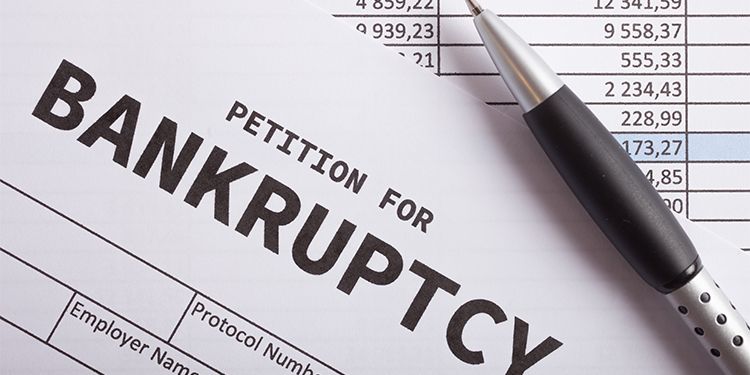Bankruptcy Law Changes: Impact on the Business-for-Sale Market

On June 21, 2024, U.S. bankruptcy limits that were raised during the Covid-19 pandemic returned to their pre-pandemic levels. These temporary higher debt thresholds for Subchapter V of Chapter 11 bankruptcies offered a lifeline to small, Main Street businesses struggling with pandemic-related issues. As these limits expire, the landscape for debt relief and restructuring has shifted, creating potential impacts in the business-for-sale marketplace.
Due to these new rules, small businesses will have fewer easy bankruptcy options. This change is happening when small businesses are already impacted by current economic uncertainty, including staffing issues and inflation. This shift may open up new possibilities for the business-for-sale marketplace. Owners facing financial pressure may now consider selling their businesses over pursuing bankruptcy. Investors and potential buyers may find more opportunities to buy distressed businesses on favorable terms, which may impact the market for buying and selling a business.
Recent Changes to Subchapter V
Subchapter V, introduced in 2020 as part of the Small Business Reorganization Act, was designed to make Chapter 11 bankruptcy more accessible and affordable for small businesses. Struggling businesses were able to reorganize their debts while continuing operations, in a more simplified process.
Subchapter V benefits for small businesses:
- Debt Limit: Originally set at $2,725,625, the limit was temporarily increased to $7,500,000 during the pandemic. This higher threshold allowed more businesses to access the program.
- Simplified Process: Subchapter V eliminates many of the complicated reporting requirements of standard Chapter 11 filings, making the process faster and less expensive.
- Business Continuity: Owners typically retain control of their companies during the bankruptcy process.
- Cost Reduction: The absence of a creditor’s committee reduces costs associated with traditional Chapter 11 cases.
- Faster Timeline: Reorganization plans must be filed within 90 days, speeding up the process.
With the expiration of the higher debt threshold, fewer businesses now qualify for this option. Those exceeding the lower limit must consider traditional Chapter 11 bankruptcy or explore alternatives like selling their business. This change could lead to increased activity in the business-for-sale market, as owners weigh the costs and benefits of bankruptcy against the option of selling their businesses.
Impact on Business-for-Sale Marketplace
New debt limits for Subchapter V may impact the market for buying and selling businesses, especially for businesses with debt between $3 million and $7.5 million. When it comes to selling and valuing a business, debt plays an important role. High debt levels can lower the purchase price and are often viewed as a risk by potential buyers. It can signal cash flow issues, and may indicate the business relies heavily on borrowed capital to operate. This can raise concerns for buyers about future profitability, working capital, and cash flow, making the business less attractive to buyers seeking opportunities.
Buyers looking at businesses with debt will adjust their due diligence approach, as they focus more closely on the implications of debt levels. This heightened scrutiny could lead to more detailed financial reviews and influence deal structures or financing terms.
Business owners looking to sell their business with associated debt will need to prioritize addressing higher debt levels. Exploring debt reduction strategies before entering the sale process could boost their business's marketability and appeal to potential buyers.
These changes present both challenges and opportunities—distressed businesses might attract buyers interested in turnaround situations, while prepared buyers could uncover promising targets for acquisition. For the latest data and trends impacting the business-for-sale marketplace, check out the BizBuySell Insight Report, which tracks the health of the U.S. small business economy, offering insights across a variety of markets and sectors.
